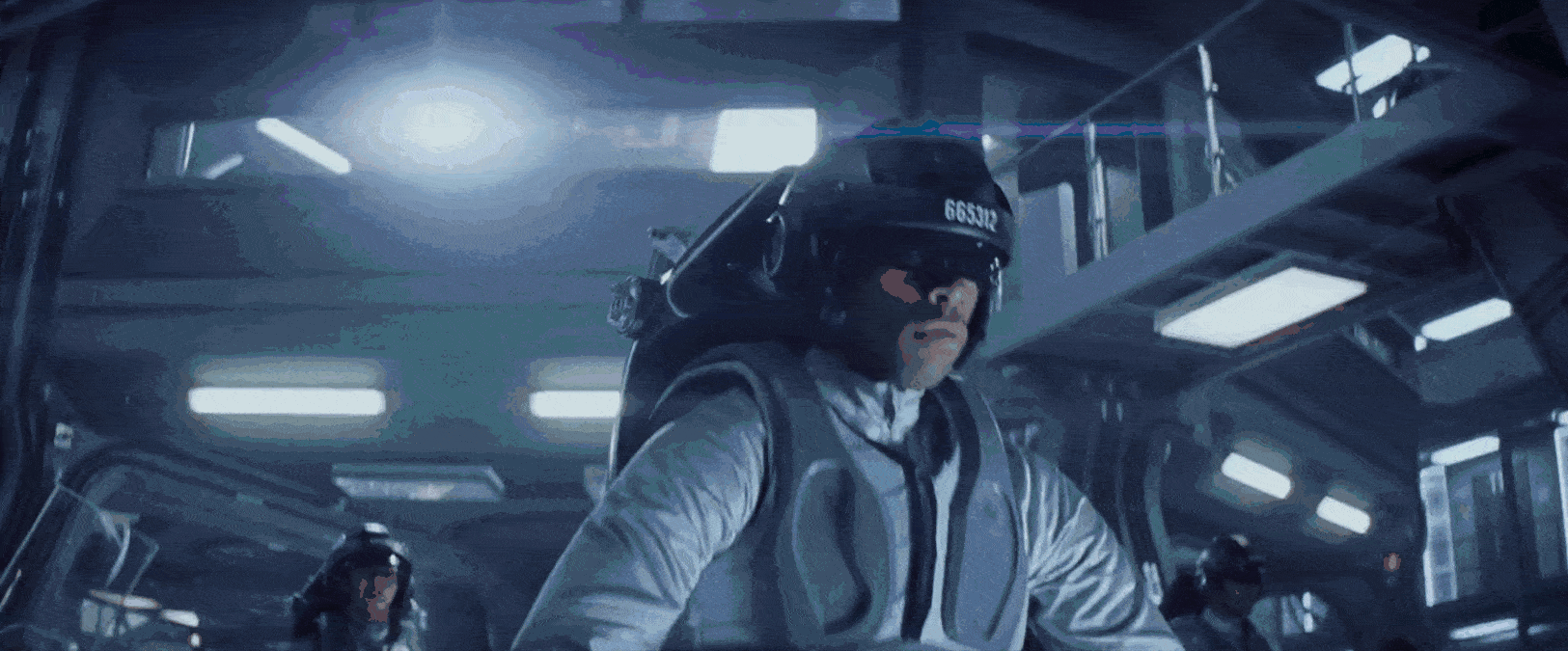The concept of the Metaverse has gained a lot of attention and excitement in recent years, with many people predicting that it will become a major part of our daily lives soon. However, a large majority are still skeptical about the idea of virtual spaces and interaction online. To begin understanding the metaverse, we must first recognise its limitations at its current stage.
Hardware Techhnology
At the current date of writing, the technology required to fully realize the metaverse is still in its infancy. In order for the metaverse to be truly immersive and seamless, it would require advanced technology such as high-resolution VR headsets, VR treadmill and haptic suits. For example, in the movie Ready Player One, when using the VR set and haptic suits, players’ movements in real life are reflected in the metaverse, allowing an immersive experience when playing the game.

Source: Ready Player One (2018)
The technology does exist but as only individual pieces. Thus, to truly embody the metaverse as it is defined, all the hardware technology need to work seamlessly in a shared environment to provide the ultimate immersive experience.
Interoperability
Popular metaverses like Decentraland, Spatial and Roblox use their own variable rendering engines including the data and properties. There is no method for users to share files and formats cross-platform as the data is not stored in one unanimous brain hence selfish ecosystems.
Twitter: @Mitoworld.io
In the real world, your identity and engagement in commerce are **seamless. Users of the metaverse should be able to maintain their digital identities, bring their wallets and smart objects across virtual worlds, just like how they can travel from store to store with their physical wallets and belongings. Although that stage of interoperability has not been fully achieved yet, there are metaverses that can integrate NFTs via blockchain technology which allows users to utilise their NFTs in virtual spaces simply by connecting their wallets.
3D Technology
3D environments are required to make the transition of human culture and labour from the physical world to a digital one possible. The metaverse is like a digital twin to the physical world, similar but not a carbon copy.

Source: Twitter @Mitoworld.io
3D technology allows metaverses to replicate more realistic digital representation of the real world and provide a more immersive experience to users. Most existing metaverses are in 2.5D as there are hardware limitations to render a 3D environment hence most platforms would try to cater to the former in order to get more users for their product.
The thought of metaverses can sound daunting at first but once you get the hang of it, it’s smooth sailing from there! We are at the early adoption stage right now and if you are reading this, come join us at Mitoworld.io to get familiar with metaverses and own your space today!
Visit our socials to stay tuned to Mitoworld updates and news!




